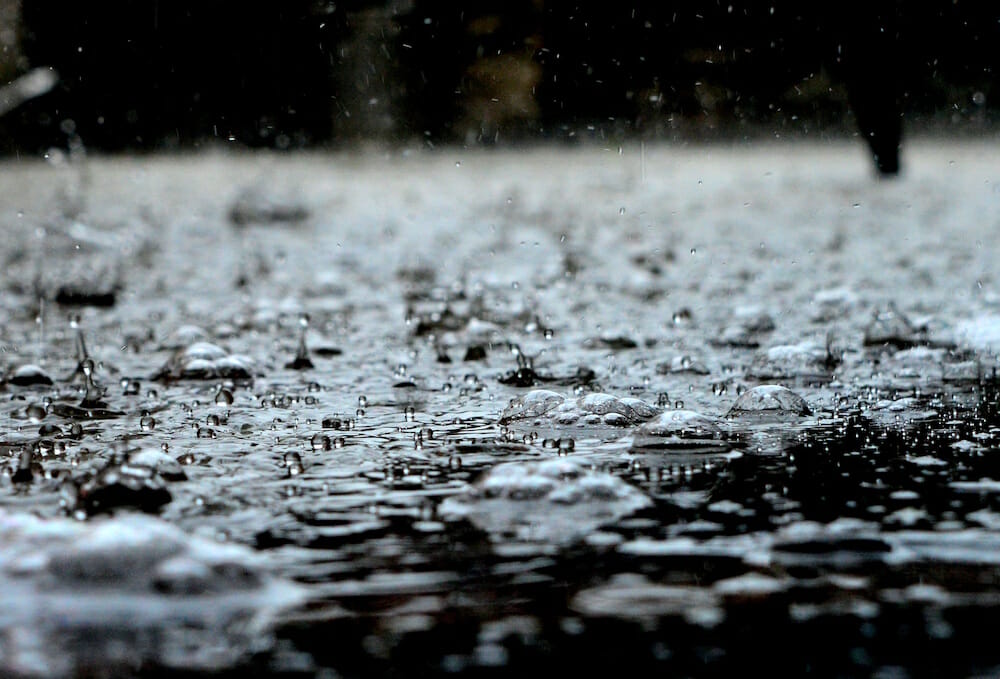Commercial roofs are under constant assault from Mother Nature. They are built to withstand weather events like run-of-the mill thunderstorms, rain storms, periods of sustained winds and snowfall. However, all roofs are vulnerable to extreme weather events and you won’t necessarily know just how vulnerable your roof is until something happens. The good news? You can take steps to help guard against weather damage and to receive alerts when wind, hail, rain or ice/snow does a number on your roof.
The Best Defense in Roofing Is A Good Offense
The most important thing that building managers can do to protect the integrity of their roofing system is to know the condition of the roof. Regular, professional roofing inspections can identify damage or defects and can also identify potential vulnerabilities should a nasty weather event occur. In between inspections, facilities managers should conduct check-ups to monitor the roof and to identify any new issues as soon as possible.
Knowing the condition of the roof is important, but it’s only half the battle. Management should be prepared to correct the defects and damage found during inspections and self-checkups. Facilities staff can seal cracks, secure areas that may be vulnerable to high winds, and remove puddled water. Any preventative measures should be shared with your commercial roofing partner, however, so that they can examine those small issues and create a plan for a permanent fix. Putting off repairs, however minor, can leave the roof system vulnerable in the event of a storm.
Keep “Eyes” On The Roof In Any Weather
Wouldn’t it be nice if there was a way to receive an alert if something happened to the roofing system instead of discovering water on the floor of the building? There is a product on the market called Roof Monitor™ that keeps tabs on the conditions of the roof 24/7/365.
The product keeps tabs on water and snow load on flat and low-slope roofs and it alerts building managers if the roof’s perimeter is breached or if the deck experiences sag. The sensors send a signal that triggers a call to building managers and immediately dispatches an authorized repair team to the site to assess the situation and make necessary fixes to protect the roofing system.
Ice And Snow Don’t Have To Cause Stress
They say everything is bigger in the South, and when it comes to hail, nothing could be more true. All southerners are familiar with the sounds and the stresses of a hailstorm which can pound ice chunks on a roof at speeds of 90 miles per hour. Hail can wreak havoc on a commercial roof, and it’s important to take precautions to protect sensitive systems. Installing a high-density coverboard over the insulation and under the membrane can guard against hail damage.
There isn’t much snow in the South, but Northern states can deal with several feet of snow over the course of a winter. Those loads can lead to serious roof damage, and in worst cases, collapse. It is good practice to install heating coils on a roof to melt snow in the event of a heavy storm, guarding against major malfunctions.
Whether it’s rain, hail, snow, or wind, Mother Nature can cause real damage to roofing systems. Regular professional inspections and self-checkups are important to keep tabs on the physical conditions of the roof. Construction features like coverboards and heating coils can provide extra protection, as can a sensor system like Roof Monitor™. When it comes to all-weather roofing, prevention is the best medicine.

